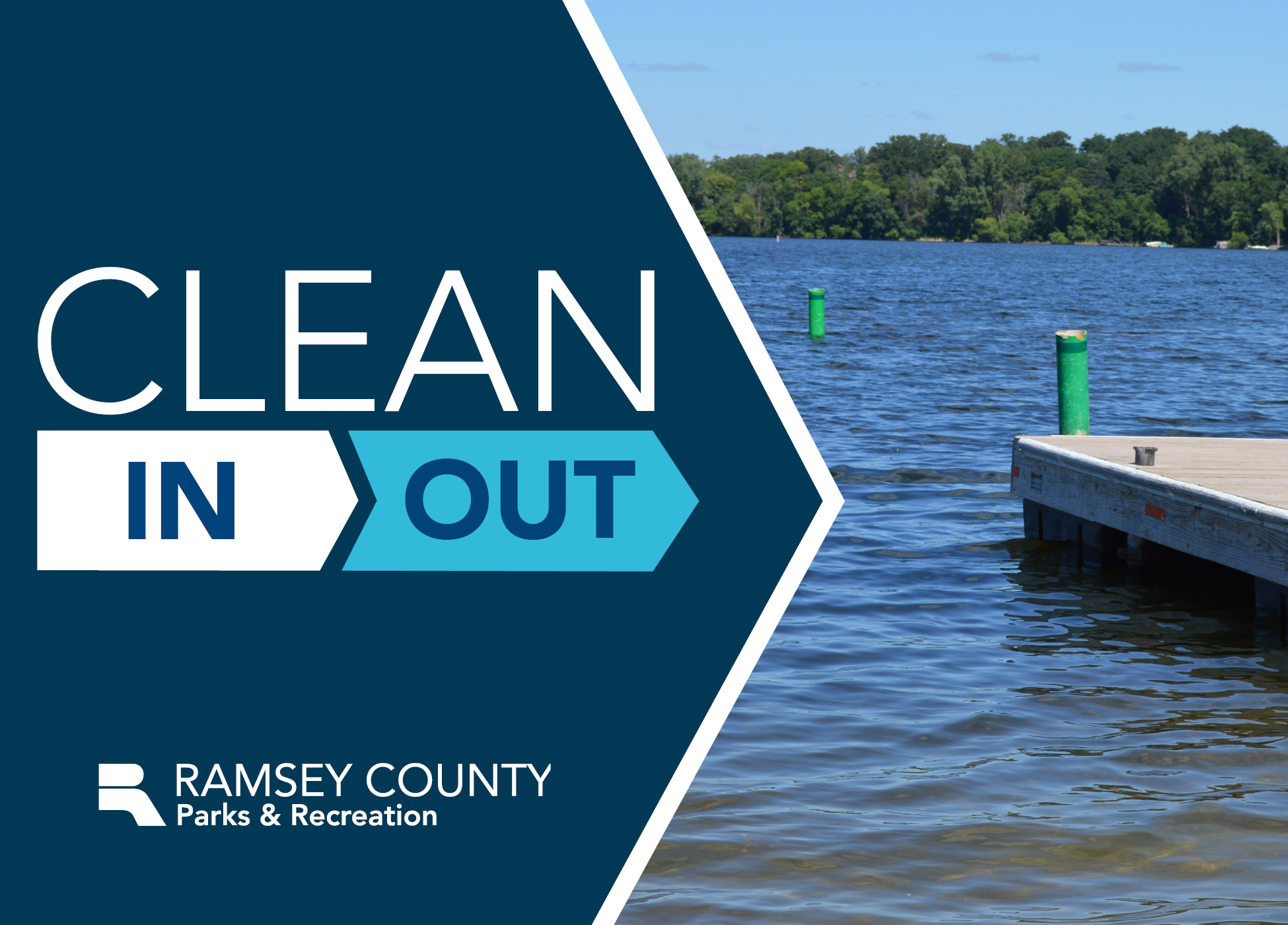Aquatic Invasive Species
Beginning of tab section with 4 tabs. Left and right arrow keys will navigate between tab navigation links.
Impacts
Economic
AIS impose real costs on industries, consumers, and governments. Costs to individual companies and households include direct expenditures on combating an invasive species or repairing the damage it has done, and include indirect costs such as reduced productivity and higher prices in industries particularly affected by AIS. The industries most acutely affected by AIS include sport and commercial fishing, water treatment, power generation, industrial facilities using surface water, and tourism.
Environmental
AIS damage wildlife and communities by permanently altering habitats, reducing production of fisheries, decreasing water availability to residential and commercial users, blocking transportation routes, choking irrigation canals, fouling industrial and public water supply pipelines, degrading water quality, and decreasing property values. Without controls (e.g., check and balances) in their new range, invasive species populations can increase dramatically in a short period of time.
Treatment methods
Slowing the spread of invasive species is a crucial part of keeping Minnesota's public parks functional and admirable to all. Examples of how Ramsey County SWCD is contributing to our goal of maintaining clean parks include mechanical, chemical, and biocontrol techniques.
Mechanical
Many invasive species can be managed through mechanical (physical) removal. Examples of mechanical removal includes, digging up the plant and clipping seed heads. Effectiveness of mechanical removal varies between species.
Chemical
Chemical controls include the use of herbicide treatments to help manage invasive populations. Effectiveness of chemical controls varies between species. See MIPN Database for more information.
Biological
Biocontrol efforts include using natural enemies of a targeted pest to reduce their populations. This idea is implemented to target spotted knapweed in Ramsey County. Click below to learn more about biological control of spotted knapweed.
Invasive watch list
Ramsey County Aquatic Invasive Watch List
Report invasive species

Clean In, Clean Out
Aquatic invasive species (AIS) threaten the health of Minnesota's beloved lakes. It's important that we all do our part to prevent their spread to other lakes, rivers and streams. All it takes is a few minutes to ensure your equipment is clean before you put it in the water and when you take it out. Clean in, clean out.